Have you ever set your eyes on a robot and felt uncomfortable, like it is almost too human-like? If so, you’ve found yourself experiencing what is known as the Uncanny Valley.
This is a theory with roots way back in 1970, highlighting an increasing level of discomfort the more a robot obtains the features of a human.
So why do we feel like this? And is there a way to avoid this in an increasingly robot-centric world?
What is the Uncanny Valley?
A theory popularised by Japanese roboticist Masahiro Mori, the Uncanny Valley proposes a graph of how we see robots. It quite obviously suggests that the more human-like a robot looks, the more familiar we will find it.
“However, Mori noticed there is an exception to this. At a point, if an artificial agent becomes too much like a human, then this kind of affinity or likeability reverses and creates feelings of eeriness, or even repulsion. And that became known as the Uncanny Valley theory,” says Fabian Grabenhorst, a professor of experimental psychology at Oxford University.
In this valley, a robot looks enough like a human to feel familiar, but at the same time it is fundamentally different, sparking an uncomfortable feeling which marks this robot as seeming strange.
There are plenty of examples of this that you may have seen. Engineered Arts for example has made many of these, as has Hanson Robotics with the Sophia robot, or more recently the painting robot Ai-Da (more on these below).
All of these robots possess clear human-like qualities in the way they look, talk and move, but are still very robotic in these features.
What causes the Uncanny Valley sensation?
So far, there has been no definitive reason for why we experience this uncomfortable feeling with realistic robots. However, there are plenty of plausible explanations that have been explored and it is most likely a combination of a few of these that make up the feeling:
Neurological
The area with the most research currently, the neurological perspective suggests that the feeling of the Uncanny Valley is caused by signals activating within the brain.
Fabian Grabenhorst, a researcher in cognitive psychology, along with a team of neuroscientists investigated the neurological aspect of the Uncanny Valley in a study in 2019.
“Coming from that angle rather than from the roboticists or also psychologists angle, I would conceptualise the Uncanny Valley as a neural response to a particular combination of features,” Says Grabenhorst.
"For example, you can imagine a neurone in a particular part of the brain that responds more strongly the more humanlike a social partner appears to be, and then that will be one of the starting points for computing the uncanny valley."
These features he refers to are the high human likeness combined with the actual fact that they are not human in anyway.
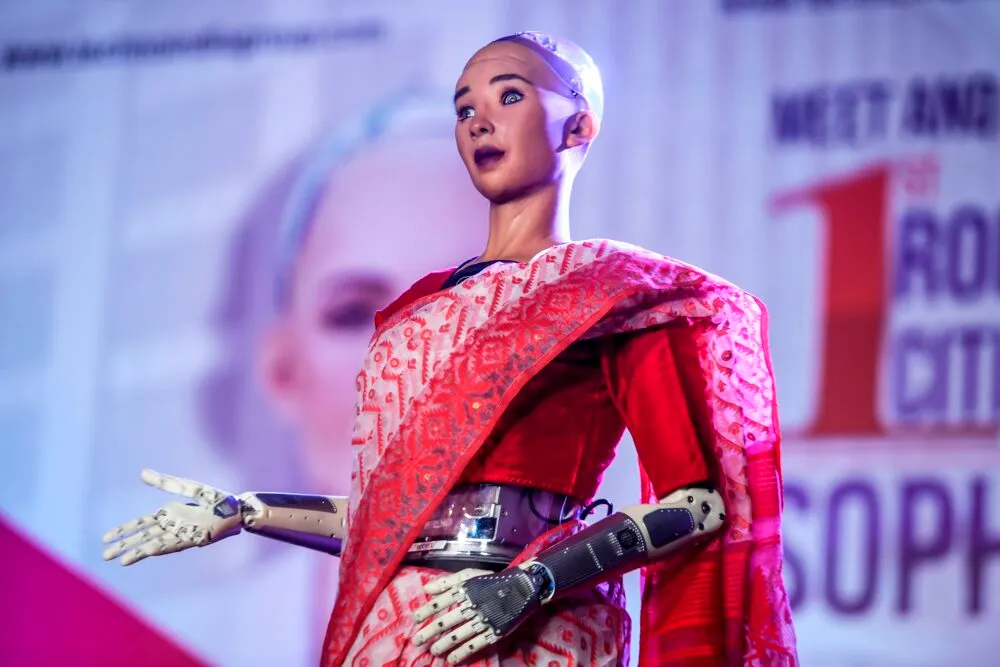
In the 2019 study, the team studied brain patterns in 21 individuals during two separate tests using functional magnetic resonance imaging (fMRI), a way to measure changes in blood flow within different regions of the brain.
During the first tests, participants were shown images including humans, and a host of different kinds of robots, all depicting different levels of human likeness. The second test asked which of these robots you would trust to select a personal gift for them.
Participants gravitated towards humans and the more human-like robots for this task. However, the exception was those closest to the human/non-human boundary which the participants did not feel comfortable with.
The researchers measured brain activity during this task and were able to determine that the activity was in areas to do with processing, evaluating social cues and facial expressions.
Along the midline of the frontal lobe, there is a part of the brain known as the medial prefrontal cortex. Previous research has shown that this region contains a valuation system that judges stimuli. It has been shown to signal the reward value of everything from milkshakes through to social stimuli of pleasant touch.
In the study performed by Grabenhorst and his team, two parts of the medial prefrontal cortext - a key part of the brain for attention and senses - were important for the Uncanny Valley. One part converted the human-likeness signal into a 'human detection' signal, with this region over-emphasising the boundary between and human and non-human - reacting more positively to humans and less to artificial figures.
The other integrated this signal with a likability evaluation, producing a distinct pattern that closely matched the feelings of Uncanny Valley.
Psychological
One of the better known psychological explanations comes from the legendary Sigmund Freud, but no, it’s nothing to do with your dreams or your mother. Back in 1919, Freud wrote an article where he refers to a strange emotion that humans have that’s awakened by certain objects.
Obviously at the time, he wasn’t referring to robots but he mentioned lifelike dolls and wax figures that would translate well to the sensation we have with robots today. This could suggest this feeling is deeper than just robots and has been something we’ve experienced for years.
Freud suggested that this experience we feel could come about when there is doubt whether something inanimate possess a soul. Obviously, it isn’t the most scientific approach to the concept but there is a clear link between the two. Especially when a robot seems so human-like, there is a level of doubt over whether it is a robot or not.
Evolutionary
Another theory that has been proposed is around an evolutionary advantage. The kind of robots that fall into the Uncanny Valley will look like humans, but with something clearly wrong with them.
Whether this is because their skin looks lifeless, their features are morphed or another slightly off factor, it could trigger an evolutionary feeling of aversion or disgust. The rational being that there is a survival advantage in these feelings to avoid infection or contamination from a diseased human or animal.
Cognitive
There are a number of cognitive theories to do with the Uncanny Valley. Most of these revolve around self-preservation. For example, in his original article, Mori referred to a human instinct for preservation that automatically causes this reaction.
There is also another theory that suggests Uncanny Valley is caused by an existential fear of being replaced by robots. This pairs with another idea that when we see a robot that looks just like us, but clearly isn’t human, it causes a violation of our expectations or norms of what humans and robots look like.
This feeds into a particular concept known as ‘prediction error’ where robots elicit an error in our predictions of what a human should be, leading into the Uncanny Valley uneasy sensation.
Famous examples of the Uncanny Valley
Ameca
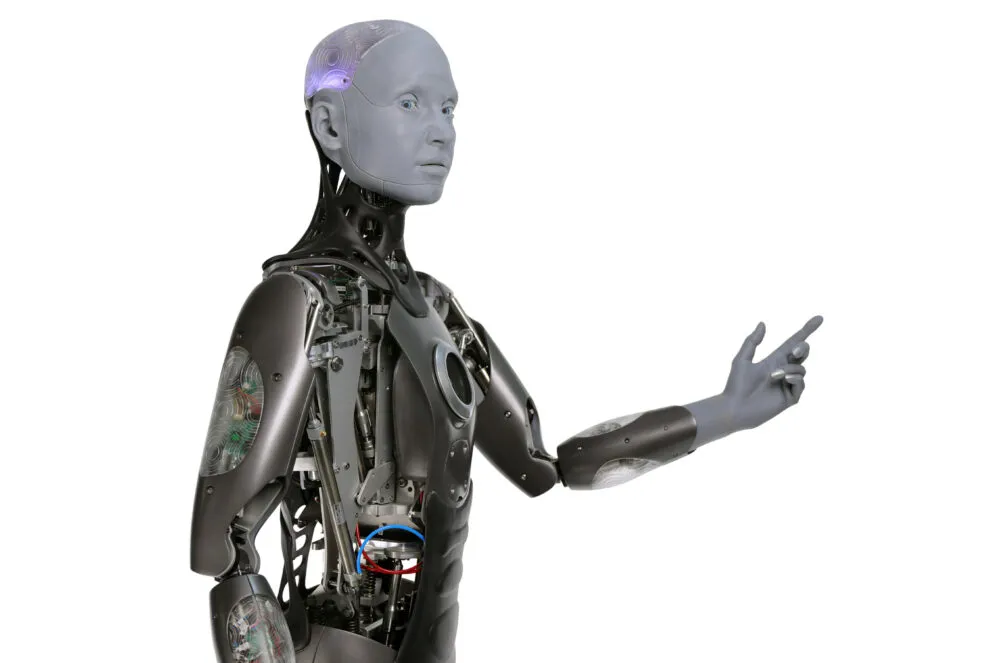
A robotics company based in Cornwall, England, Engineered Arts has been making soft robots for years now. One of its latest designs known as Ameca shocked the world as videos emerged of it replicating human emotion.
In these videos, the human-looking Ameca showed surprise, moved its body to imitate a human and even laughed. While this is one of the more lifelike attempts at a human emulating robot, it certainly falls into the Uncanny Valley.
Sophia
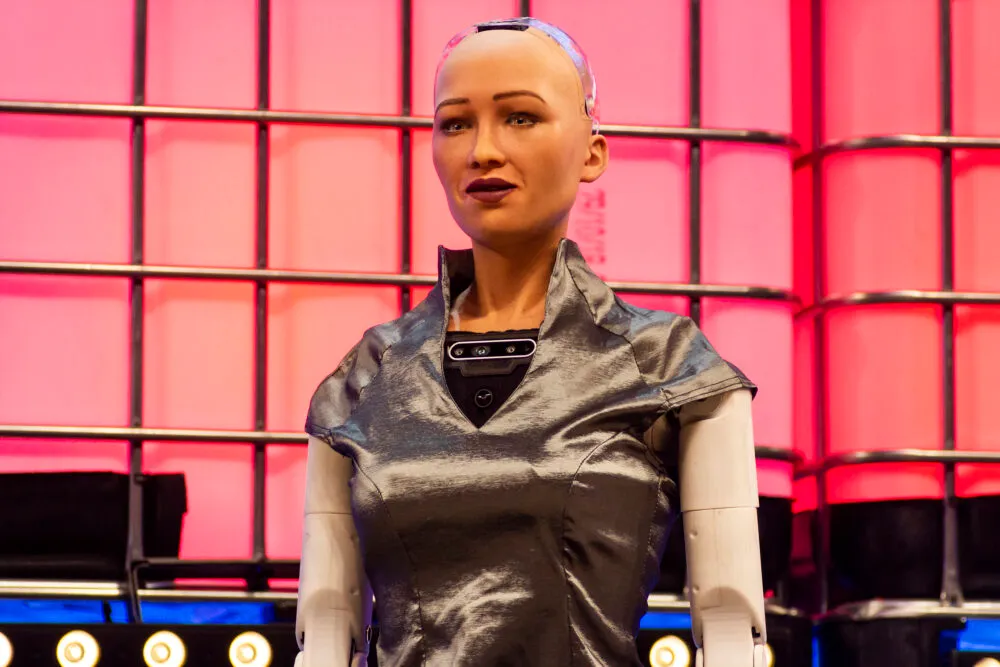
Another well-known robotics company is Hanson Robotics. They have created a number of realistic robots, most notably – Sophia. This robot was activated back in 2016 and was modelled after Queen Nefertiti, Audrey Hepburn and the creators wife.
Other than the very noticeable clear wiring in the back and plastic arms, Sophia looks very human, almost like a wax-figure. Watch her move about and you will likely experience the same creepy feeling as the Uncanny Valley describes.
Geminoid HI
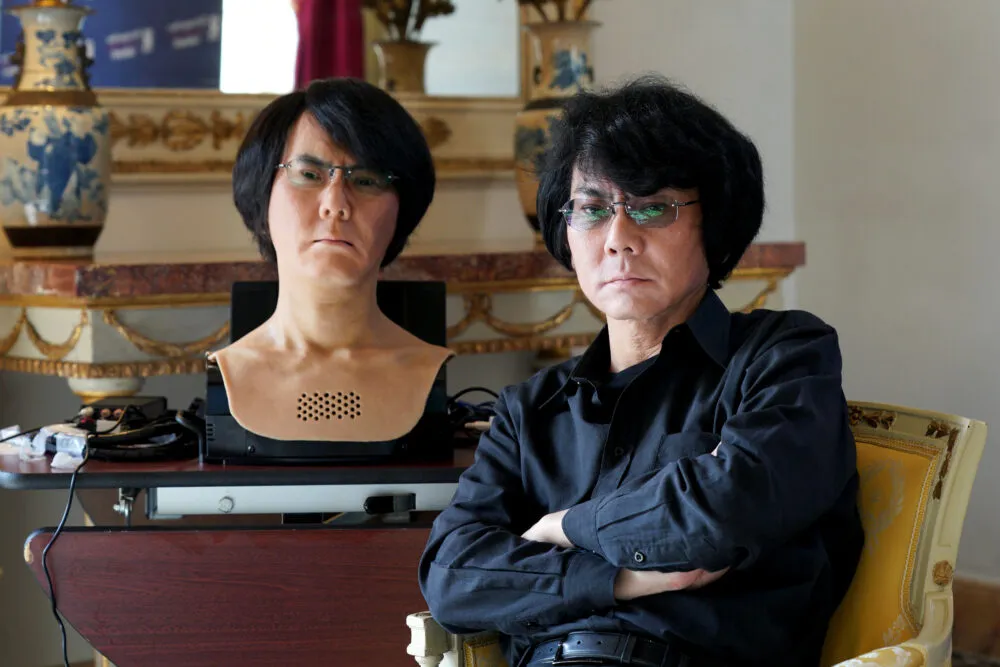
Geminoid HI-1 is possibly one of the creepier robots that has plunged into the Uncanny Valley. It is an android copy of its creator, Hiroshi Ishiguro. It copies his voice and head movements and was created in an attempt to question what it means to be human.
Ai-Da
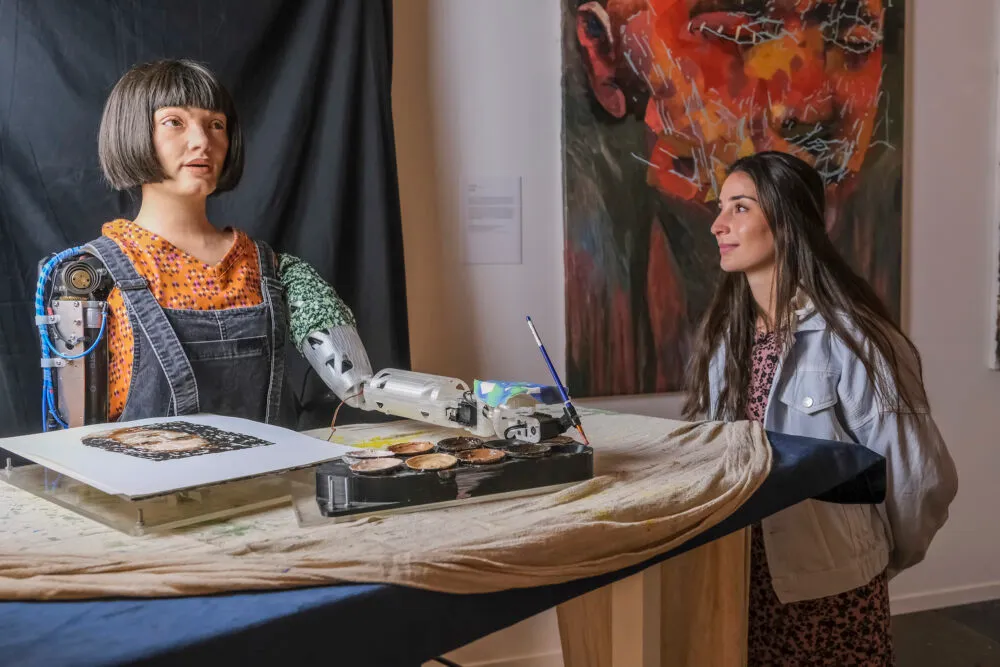
Ai-Da is a human-like robot… with cameras in her eyes. It is designed to be the first ‘ultra-realstic artist robot’. She draws using the cameras in her eyes, AI algorithms and a robot arm.
She has now put on a number of art shows around the world, and while she certainly looks human, Ai-Da has a face that will leave you feeling uncertain about the whole thing!
Can a robot make it out of the valley?
Is there a way to avoid this sharp dip when creating a robot? Arguably, the best way researchers have found to do this so far is to purposely make it clear that it is a robot you are interacting with.
“In his original article, Morrie recommended to his fellow roboticists to make the artificial agents not too perfect. Emphasise in the design that they are not humans to avoid this ambiguity,” says Grabenhorst.
There is a level of comfort in this for humans. When there is an identifiable factor that it is a robot (exposed wires, metal parts etc), it takes away from the uncanny feeling slightly.
But what about if a company wants to make the most realistic robot, and doesn’t want to have people feel uncomfortable by them? It is possible that through exposure, we will simply become more comfortable with human-like robots.
“We know that the activity in the brain areas associated with the Uncanny Valley can be modified through experience, specifically also through social experience. That remains to be tested and would be a nice experiment to do.
“But one would predict that the activity in these brain areas would adapt over time as you have positive experiences with these human like artificial agents. I wouldn't rule out that there remains a residual tendency to dislike highly humanlike artificial agents though,” says Grabenhorst.
About our expert, Fabian Grabenhorst
Fabian is an associate professor of experimental psychology at the University of Oxford. In 2019, he completed a key study into the Uncanny Valley
Read more:
-Should we be scared of human-like androids
-In the future, you'll share your work with robots... unless you're a woman
-This shape-shifting technology allows ground robots to morph into flying drones
